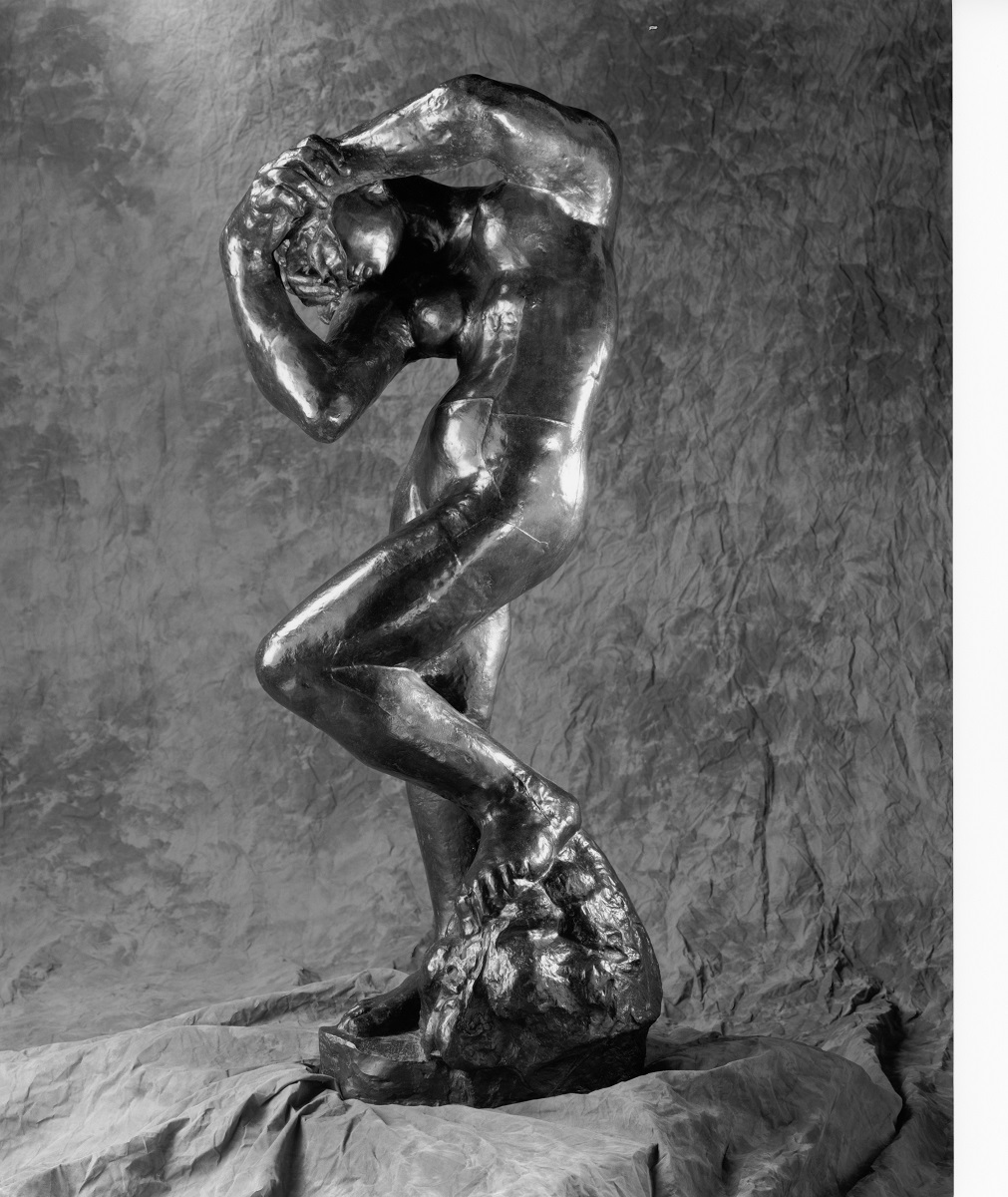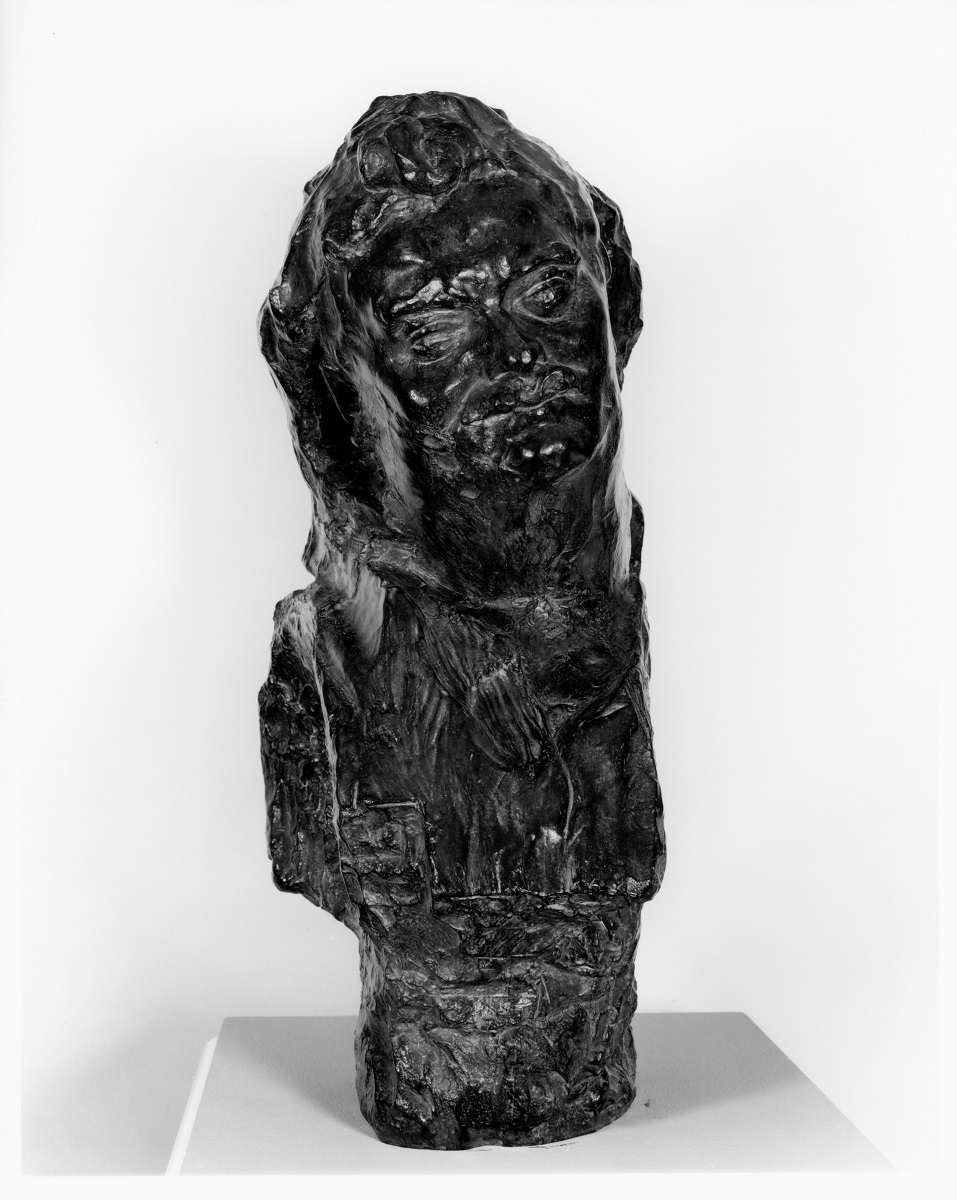August 16 – November 18, 2018



Rodin: The Human Experience/Selections from the Iris and B. Gerald Cantor Collections presents 28 figures in bronze by Auguste Rodin (1840-1917), the French sculptor who left behind 19th-century academic traditions to focus on conveying the passion and vitality of the human spirit. Also included in the exhibition three depictions of the artist by his artist friends, including Edward Steichen. Considered in his lifetime to be the greatest sculptor since Michelangelo, Rodin exerted a tremendous influence on artists of subsequent generations, such as Matisse, Brancusi, and Maillol. His vigorous modeling emphasized his personal response to the subject, and he captured movement and emotion by altering traditional poses and gestures.
The bronzes on view are especially rich in portraiture. Included are Rodin’s renowned depictions of the writers Victor Hugo and Honoré de Balzac; the composer Gustav Mahler; the artist Claude Lorrain; and The Creator, which is likely a self-portrait. Also included in the exhibition is Jean de Fiennes, one of six figures that comprise Auguste Rodin’s monumental The Burghers of Calais.
Rodin’s deft skill in using the bronze-casting technique to represent living flesh and his interest in expressing extreme psychological states were highly influential upon younger artists, both in Europe and America. The exhibition reveals why the artist is considered the crucial link between traditional and modern sculpture.
This exhibition was organized by The Iris and B. Gerald Cantor Foundation, which promotes and recognizes excellence in the arts and enhances cultural life internationally through its support for art exhibitions and scholarship and for the endowment of galleries and sculpture gardens at major museums. Most unusual for a philanthropic foundation, the Cantor Foundation also owns this significant collection of Rodin sculpture. During the last four decades it has loaned individual works and entire exhibitions to museums in more than 160 cities in Australia, Canada, Japan, Singapore, and the United States. Nearly eleven million people have seen these shows.
Related Programs
